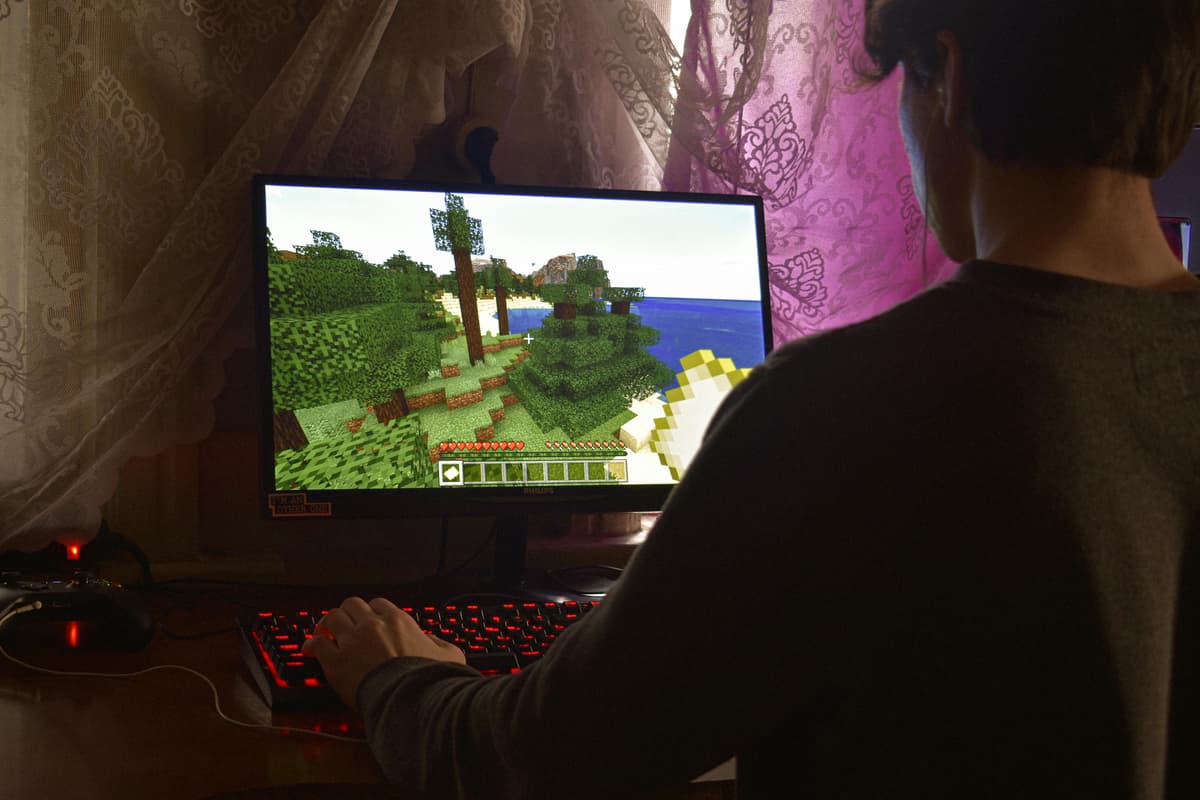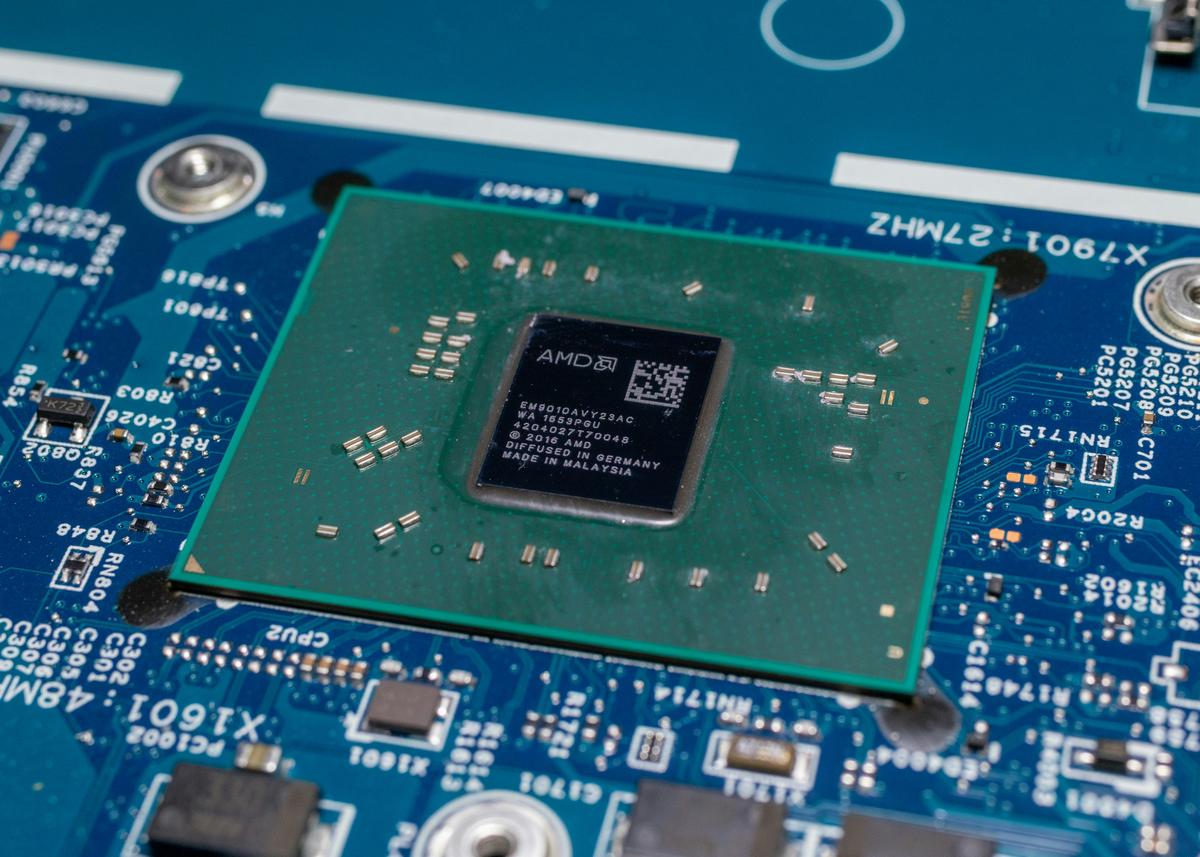PC Gaming Components: The Ultimate Guide to Building Your Perfect Gaming PC

Written by Massa Medi
PC gaming is a passion for millions worldwide and for good reason! The sheer flexibility, power, and potential for customization are second to none. But as exciting as it is to build your own gaming PC, the components involved can look like alphabet soup to newcomers. Whether you’re eyeing your first custom rig or planning an upgrade, understanding each part is the first epic quest on the road to gaming greatness. In this detailed article, we’ll explore every core gaming PC component, explain their functions, and help you make informed (and confident) choices so you can stop stressing and start gaming.
Choosing a Graphics Card (GPU): The Heart of Gaming Power
.jpg)
Let’s cut to the chase: the graphics card (GPU) is the single most important component of any gaming PC. It’s the powerhouse behind gorgeous visuals and buttery smooth gameplay. Why is it so crucial? Because the GPU is responsible for rendering images, textures, and entire game worlds dictating what frame rate you achieve and at what resolution. Whether you’re chasing 4K glory or just want consistent 1080p gaming, your choice here will make or break your experience.
How to Pick the Best Graphics Card for Your Gaming Needs
Before spending a single penny, think about your gaming ambitions:
- Casual gamer? A mid range card (like the Nvidia GTX 1660 Super) will blaze through lighter titles at 1080p with ease.
- Competitive/4K Enthusiast? Prepare to invest in top tier cards like the Nvidia RTX 2080 Super or the latest AMD Radeon RX 7900 XT for high refresh rate and ultra high resolutions.
The easiest way to decide is to check real world benchmarks and compare your budget to options from Nvidia (GeForce RTX/GTX series) and AMD (Radeon RX series). These numbers let you predict exactly how different cards will perform in your favorite games, and which monitors they’ll pair with best.
Understanding Graphics Card Brands and Designs
When shopping, you’ll notice dual branding: for example, an “AMD Radeon Sapphire RX 5500 XT” or “Nvidia Founder’s Edition RTX 2080 Super.” Here’s what’s really happening:
- Nvidia and AMD design and release the raw GPUs.
- Third party partners (like Sapphire, Asus, MSI) create custom versions tweaking coolers and aesthetics to improve performance, thermals, and appearance.
Stock or “reference” design cards (e.g., Nvidia Founder’s Edition) come with the original company’s own cooling and design. Custom cards typically feature fancier (and larger) heat solutions important, because the more powerful your GPU is, the more heat it generates and the more robust the cooling you’ll need!
Physical Size and Power Considerations
Don’t get tripped up at the finish line: before buying a colossal, multi fan GPU, double check your PC case size. Large GPUs may not fit inside mini ITX or compact cases. Also, powerful cards demand more wattage so make sure your power supply is up to the task (and has the correct connectors).
Motherboards and CPUs: The Backbone of Your System

With GPU in hand, it’s time to choose the motherboard and CPU (processor) the central hub and brain of your PC. Together, they control every other component’s performance and compatibility.
Motherboard Features and Sizing
Everything connects to this circuit board from your graphics card to RAM, storage, and case fans. Motherboards come in key sizes:
- ATX – Full size boards with maximum expansion (great for future upgrades)
- Micro ATX (mATX) – More compact, fewer expansion slots, budget friendly
- Mini ITX – Tiny boards for ultra small systems, only single graphics card support
Check your case specs only the right size motherboard will fit! For PC builders craving epic water cooling or lots of extra cards, ATX is king.
Choosing a Gaming CPU: More Cores, More Power
Game physics, AI calculations, and background tasks are handled by your CPU. For serious gaming:
- Premium options: AMD Ryzen 7 or Intel Core i7 series best for high end rigs and streaming on the side.
- Value champions: AMD Ryzen 5 or Intel Core i5 amazing for most modern gaming at a lower cost.
Modern games make great use of six or eight cores helpful for epic multiplayer battles (think Battlefield or Apex Legends) where in game physics and action are intensive. Match your CPU power to your graphics card if your CPU is too weak, it will drag frame rates down (this is called “bottlenecking”).
For a deep dive into compatible CPU GPU pairings and real world pricing, see our recommended builds.
RAM (Memory): Speed and Capacity for Modern Games
.jpg)
Next up is RAM (Random Access Memory) the short term memory where your PC stores data for active games and apps. The right RAM makes for fast load times and smooth performance.
How Much RAM Do You Need for Gaming?
- Absolute minimum: 8GB – enough for most titles at 1080p
- Ideal sweet spot: 16GB – breeze through new AAA releases and multitask with ease
- For the high end elite: 32GB+ – only if you’re content creating, heavy streaming, or future proofing
Pay attention to speed, measured in MHz. For Ryzen CPUs, 3200–3600 MHz is ideal. DDR4 is the typical standard, but DDR5 is entering the scene for next gen builds. And if you can, go for RAM modules with fun RGB lighting. (Pro tip: It won’t actually speed up your games, but it will make your rig look faster. 🦄)
Storage: SSDs vs HDDs for Gaming PCs

When it comes to storage, there are two main types:
- HDDs (Hard Disk Drives): Massive capacity, but slow as molasses. Great for bulk storage, not for your game library or Windows drive.
- SSDs (Solid State Drives): Lightning fast boot and game load times. There are two common forms:
- SATA SSD: Uses traditional SATA cables. Fast, affordable, and compatible with almost any motherboard.
- NVMe M.2 SSD: Slots directly into the motherboard (no cables needed). Blazing speeds and easy installation.
How Much Storage Do You Need?
Modern games eat up a lot of space. We recommend at least a 500GB SSD as your primary (boot) drive for Windows and your favorite titles. For more capacity on a tight budget, use a smaller SSD for the essentials, then add a big HDD for the rest later on. Game changer tip: always install your operating system on an SSD you’ll be amazed at the speed difference.
Power Supplies (PSUs): Keeping Your System Stable
Power supplies might sound boring, but they’re the unsung heroes of every gaming PC. A good power supply unit (PSU) prevents weird shutdowns and protects your investments.
What to Look for in a PSU
- Wattage: Most single GPU systems are happy with 550–650W. Only step higher if you’re running pro level setups (multiple GPUs, overclocking).
- Modular vs. Non Modular: Modular PSUs let you customize which cables you use, leading to tidier builds (and better airflow) but often cost a bit more.
- Efficiency: Look for “80 Plus” certifications for reliable, energy efficient power.
Physical Fit and Case Compatibility
Large PSUs can be tight in compact cases. Make sure your case is designed to fit the PSU you choose, especially if you’re going small form factor.
PC Cooling: Staying Chill Under Pressure
Heat is the arch enemy of performance. Modern gaming PCs generate plenty of it, and effective cooling is vital for stability, longevity, and silence.
Case Fans
Most cases include basic fans sufficient for light or budget systems, but upgrading to quality, quiet fans is well worth it for airflow and aesthetics (RGB, anyone?).
CPU Cooling: Air vs. Liquid
- Liquid Coolers (AIO): These combine a water block, radiator, and pump. They mount directly onto your CPU and channel heat up to the radiator, where fans exhaust it from the case. This option is neat, visually striking, and efficient minimal fuss if you prefer plug and play solutions.
- Air Coolers: Large fin stacks and heat pipes, like Corsair’s A500, absorb CPU heat and disperse it with a fan. They’re reliable and in vogue again, but need proper setup for best performance and acoustics. A well installed air cooler can match or beat many liquid coolers for noise and efficiency!
PC Cases: Size, Style, and RGB Flair
Cases aren’t just about looks they’re about airflow, compatibility, and upgrade potential. Choose a case type that fits your motherboard (ATX, mATX, ITX), provides good cooling, and of course, complements your style. For extra visual punch, add magnetic RGB light strips (they’re inexpensive and super easy to install). Two strips, plugged into your motherboard, will give your system that gamer glow for less than £15!
Installing Windows: Operating System Essentials
Don’t forget: you’ll need Windows (or your OS of choice) for your shiny new build. Download from the official store, and remember that a license key is needed to get rid of the watermark and unlock full functionality. Good news if you’re upgrading from an older PC, Windows keys can often be transferred at no extra cost.
Frequently Asked Questions
What components do I need to build a gaming PC?
You’ll need a graphics card (GPU), CPU, motherboard, RAM, storage (SSD/HDD), power supply, case, cooling (CPU/case fans), and an operating system like Windows. Peripherals such as monitor, keyboard, and mouse are also essential.
Why is a graphics card so important for gaming?
The graphics card renders all on screen visuals, manages texture quality, effects, and frame rates making it the component that most directly affects your gaming experience.
How much RAM do I need for gaming in 2024?
While 8GB is the minimum for most modern games, 16GB is ideal for flawless gameplay and light multitasking. For content creation or future proofing, consider 32GB or more.
Is an SSD essential for a gaming PC?
Absolutely! SSDs dramatically reduce boot and load times, making your gaming and everyday usage feelsnappy and responsive. Install your OS and top games on SSD for the best experience.
What’s the difference between modular and non modular power supplies?
Modular power supplies let you attach only the cables you need, resulting in a neater build and better airflow. Non modular supplies have all cables fixed, which can lead to clutter but are typically less expensive.
Can I reuse my Windows license on a new PC build?
Often, yes provided your license is transferable (retail keys usually are). You may need to re activate via your Microsoft account. OEM keys are usually tied to your old motherboard.
Will any motherboard fit in any case?
No; motherboard and case must be compatible in size (ATX, mATX, ITX). Check your case specs before buying.
Which is better for CPU cooling air or liquid?
Both are great! Liquid coolers are easy to install and run quietly; high end air coolers rival liquid performance and can be more affordable. Choose based on your case’s compatibility and personal preference.